Earlier this year, someone shared an interesting photo on Reddit, asking for information regarding a tiny door. Many people offered insight, with some jokingly speculating it might be for fairies or mice. However, others helpfully explained the real reason for this unique and adorable design.
Tiny Door Serves a Big Function

Colonel424 shared that their mother-in-law purchased a home in Denver, Colorado. The charming old house had a few tiny doors leading to various places, “about the height of a soda can.” While many old homes have a certain charm and rustic feel, some may find unique features, or features that they can’t quite identify. However, this tiny door is unique and serves an interesting and useful purpose. Purportedly, the tiny door was designed as a pet door. “If it’s actually the height of a soda can, then it’s a cat door,” one person commented.
Confirming the Tiny Door’s Purpose
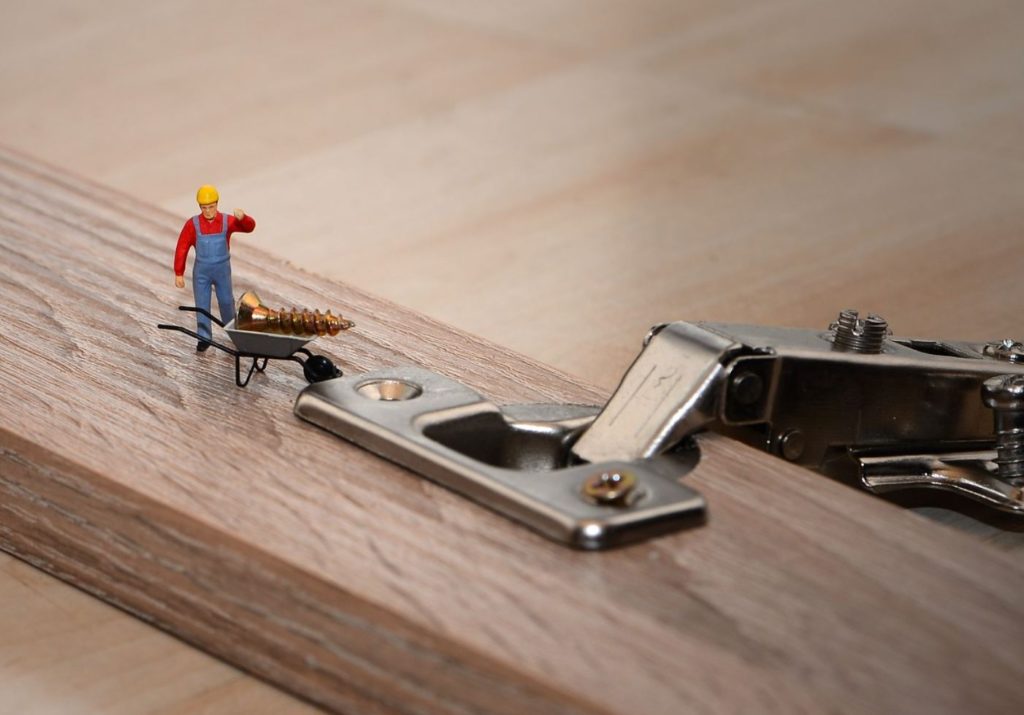
Another person agreed, stating: “In the early 1900s 4″x 4″ holes called ‘Cat Flaps’ were cut out indoors for the sole purpose of allowing cats to go room to room in order to keep the mice population under control. My grandmother grew up in one of these homes and told me stories of this.”
People are often deeply connected with their furry friends, so much so that they designate special places in their homes for them. In contrast, homeowners had a different relationship with their furry friends in the past. While they loved them enough to give them a tiny door and access to the home, they also respected the animals’ needs and wished to roam freely.
Modern Options
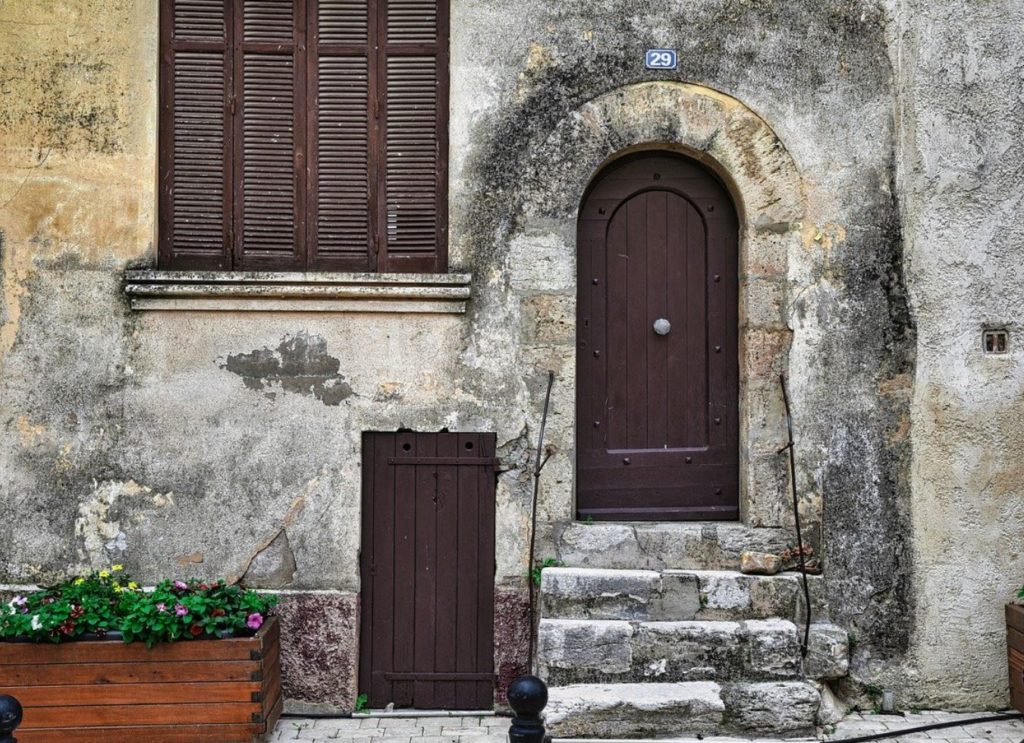
Interestingly, tiny doors are still very much a part of homes today. However, they are designed differently, some having the option of syncing with a collar to lock and unlock as pets see fit to come and go. Its charming and rustic feel separates the tiny door from other pet doors. Not only is it a cute piece of history, it also fits well with many homes including those with a more modern feel. The tiny door offers insight into the evolution of cat-ownership as it shows the change between letting cats roam freely, versus keeping them indoors and safe from cars, or predators.
Functional Tiny Door
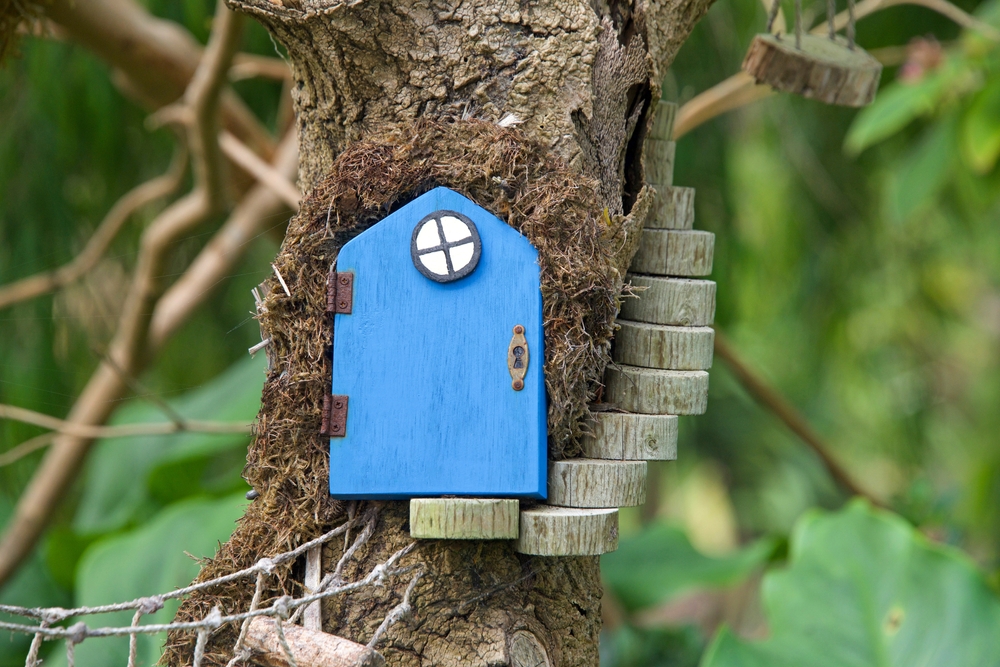
The tiny door explanation makes sense, but others have made other possible suggestions. While many jokingly suggested fairy doors, others thought they might be “fairy doors” for children, nurturing imaginative play and adventure. However, some were leaning toward a more logical explanation, such as being used as a drainage system or for heating and cooling. Meanwhile, another believed it was to help facilitate a clean home. “I wonder if it leads to outside [and] it was actually used for sweeping, and in lieu of a dust pan, tidbits go outside?” They questioned.
Electric versus Gasoline
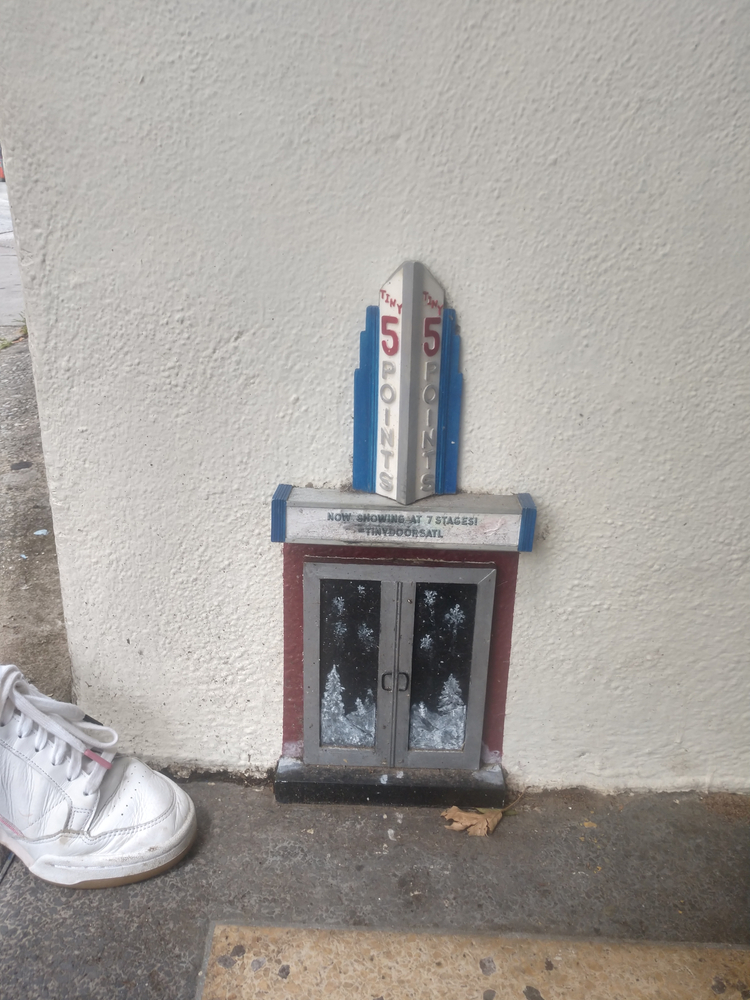
Another possible explanation: “It is not for cats, fairies or the borrowers. It is for the exhaust from a Maytag washing machine equipped with a gasoline engine.” They explained, adding: “Many houses didn’t have reliable electricity at this time so a gasoline engine would have been utilized to run the washing machine.“
Only in the U.S.
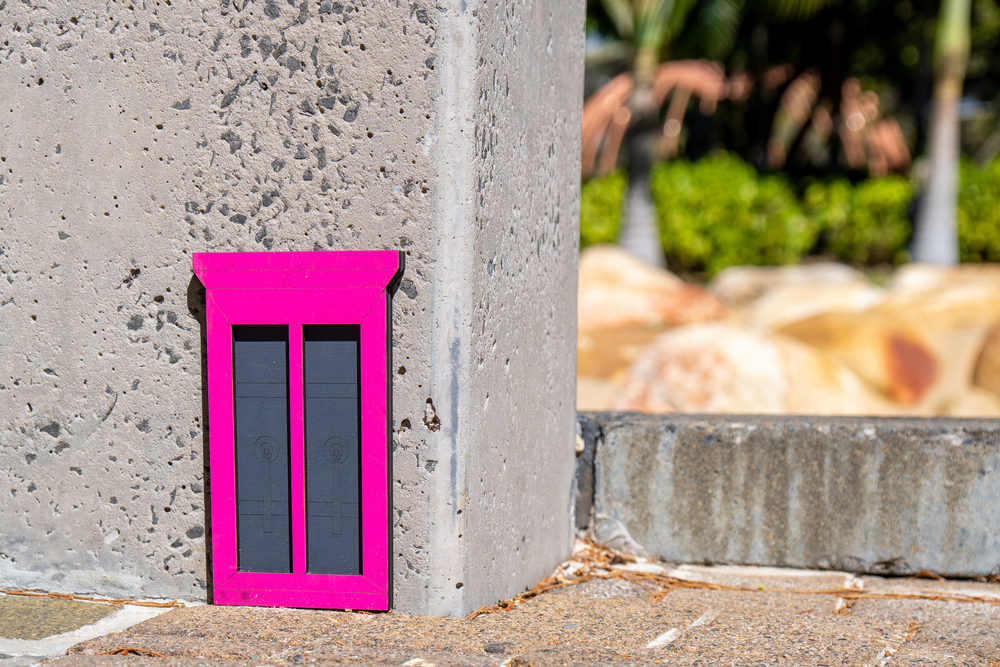
Another unique detail about the tiny door is that it may only be found in homes in the U.S. For example, according to Scott Lucas, an Australian heritage expert, it’s highly unlikely that the tiny door would be found in Australian homes. “I’ve renovated several properties from the early Victorian period through to the 1920s, inspected approximately 200-300 period properties in rural and city areas across Australia, and have never seen anything remotely similar,” he said.
A Historian’s Explanation

Lucas also offered another explanation for the tiny door. “It’s difficult to know for sure the purpose of these doors, but I suspect they are utilitarian in nature. The key difference between old houses in the US and Australia is the inclusion of full basements,” he explained. “They almost always had them in the US, whilst in Australia, they sometimes included a cellar instead, which are not really usable spaces like the US basements.”
Unsurprisingly, older homes are built with numerous mystery items and features that seemingly made sense given the time. However, many are outdated but still offer a cute or unique feature to be incorporated or restored during a renovation.
